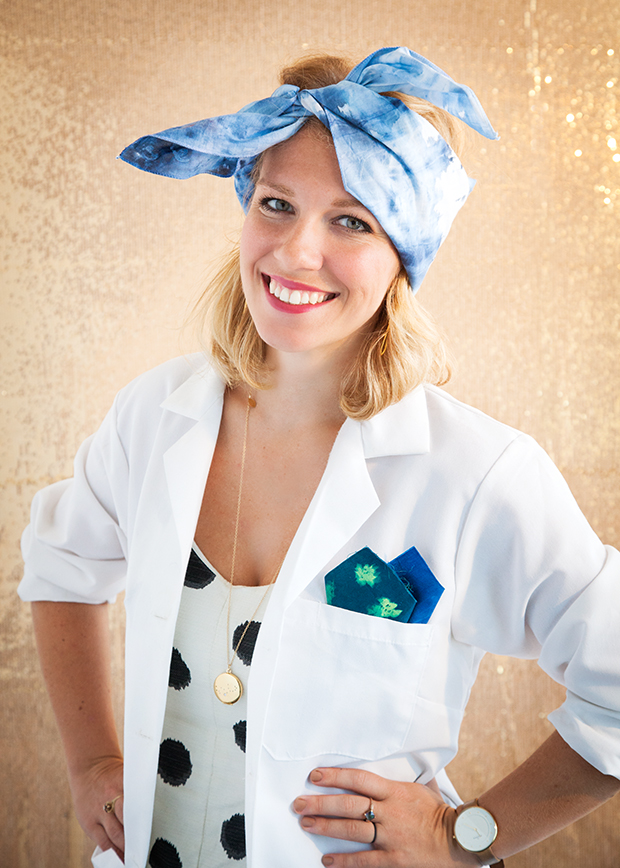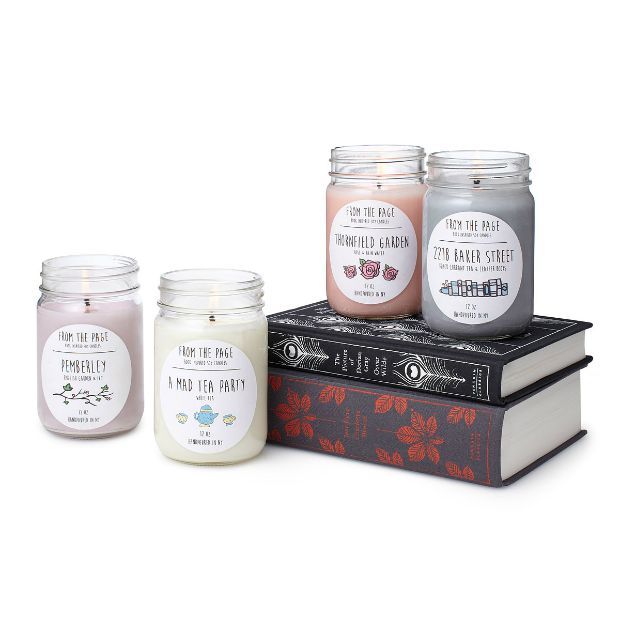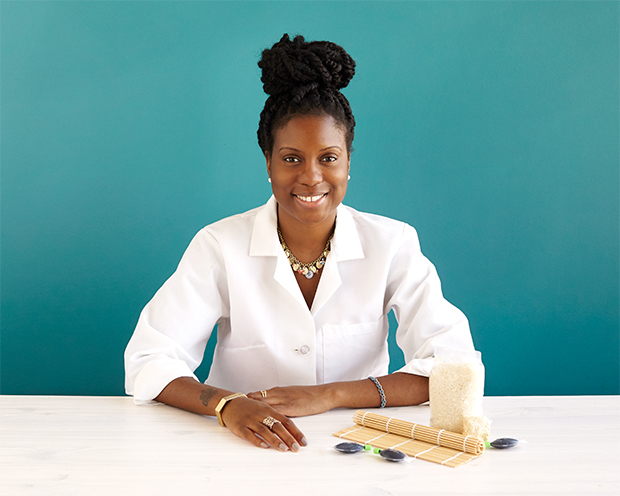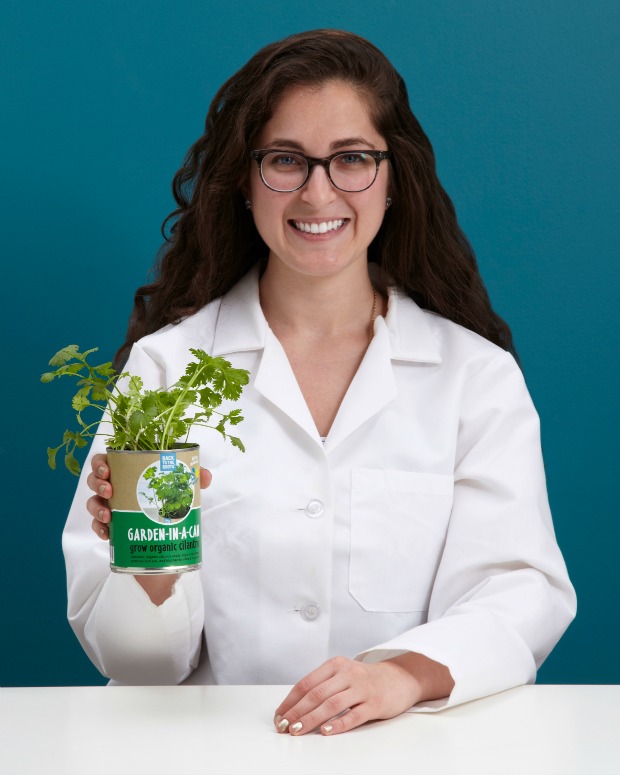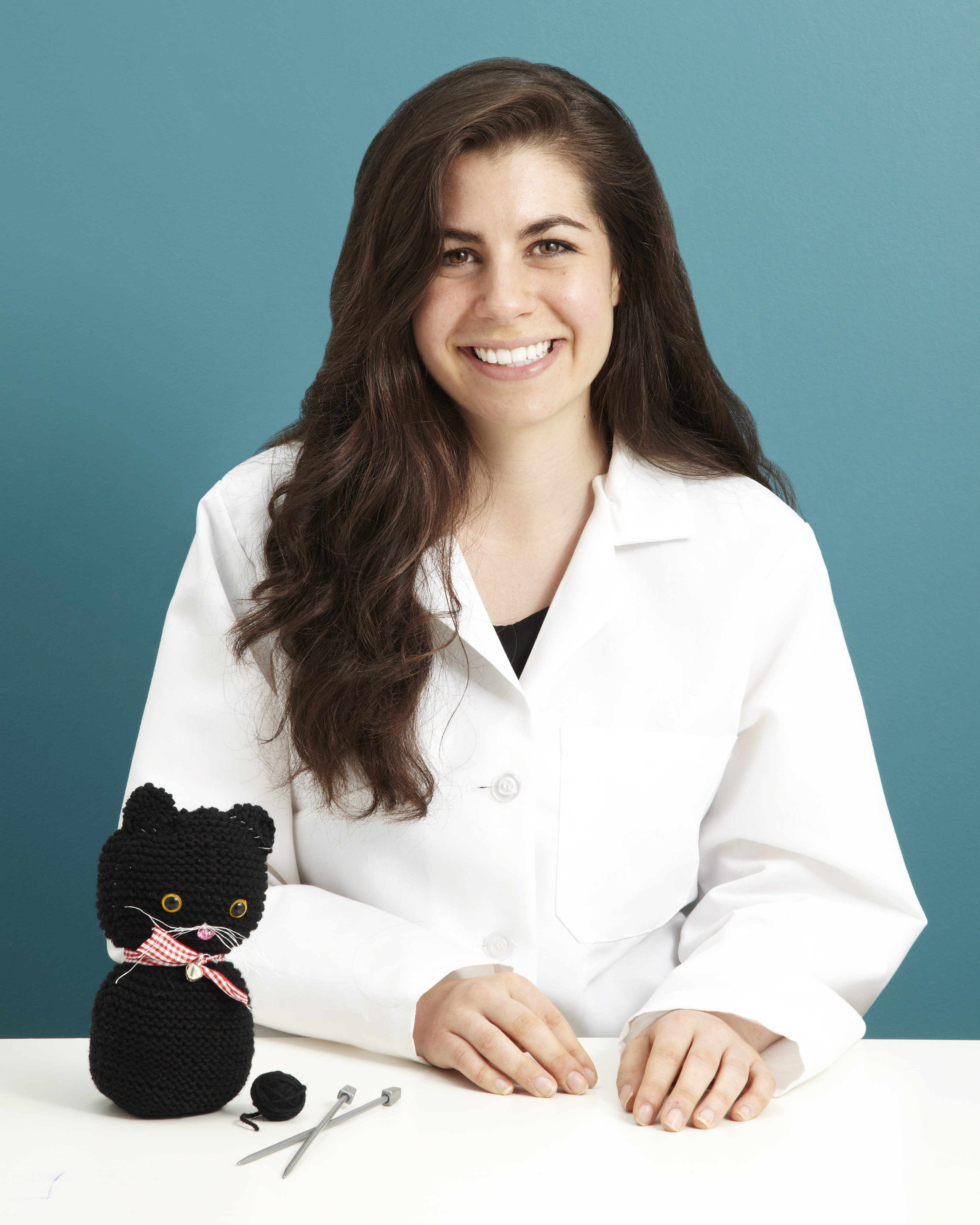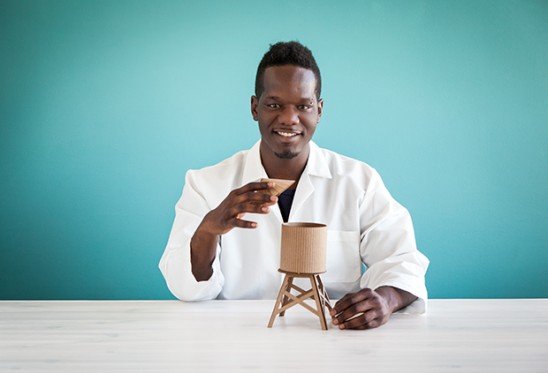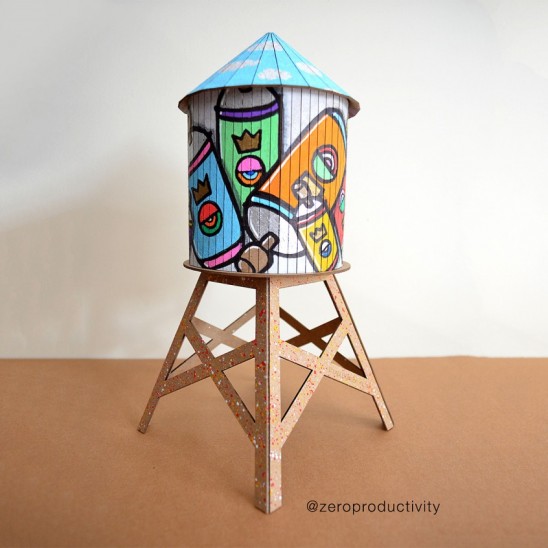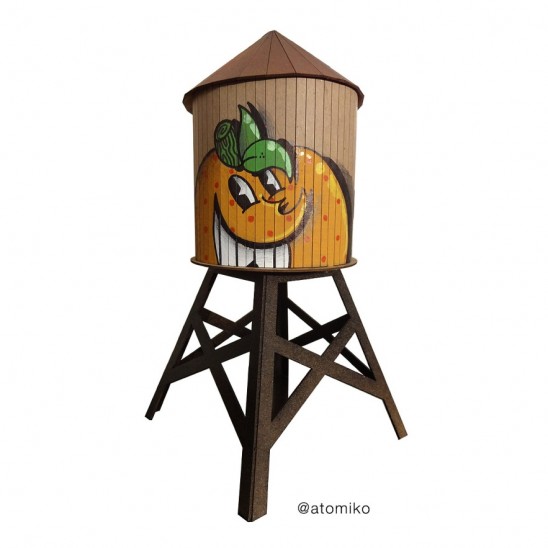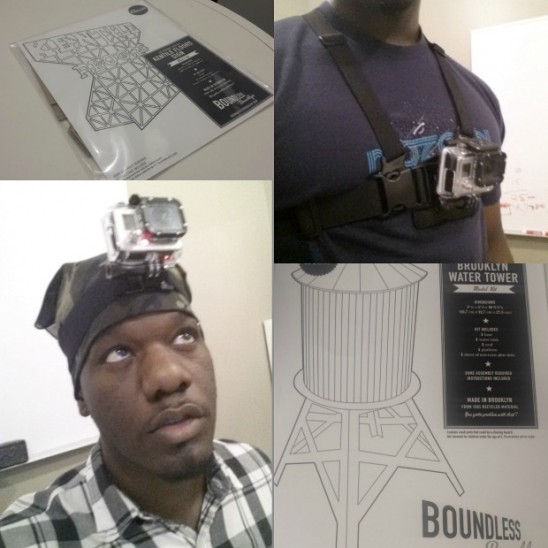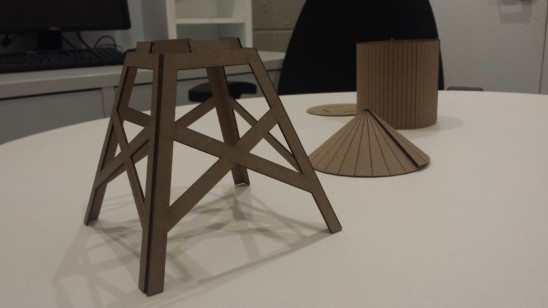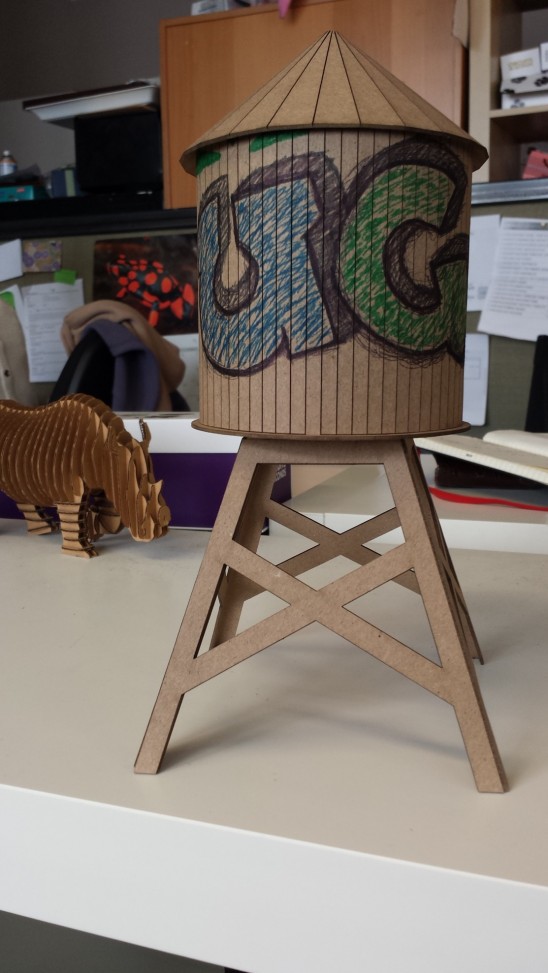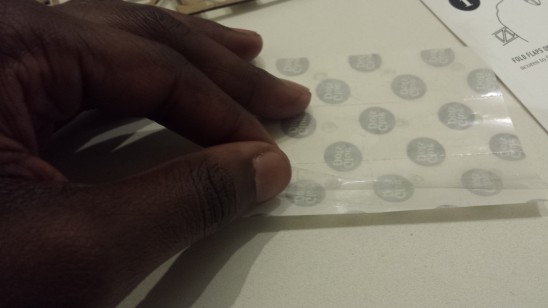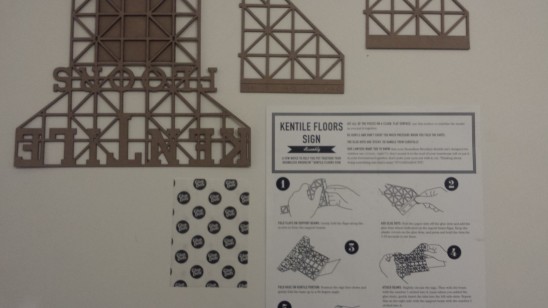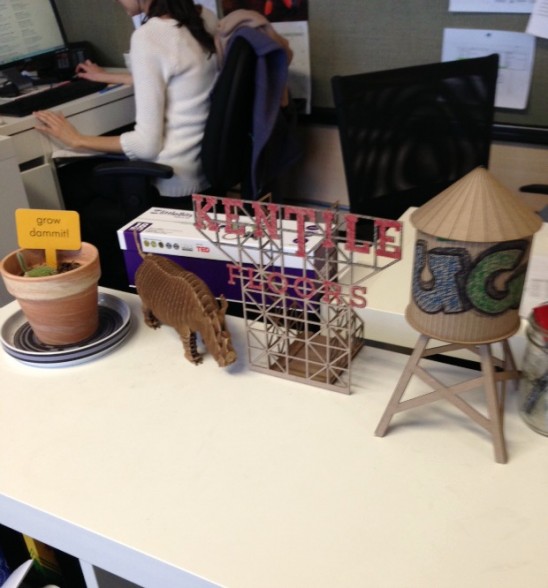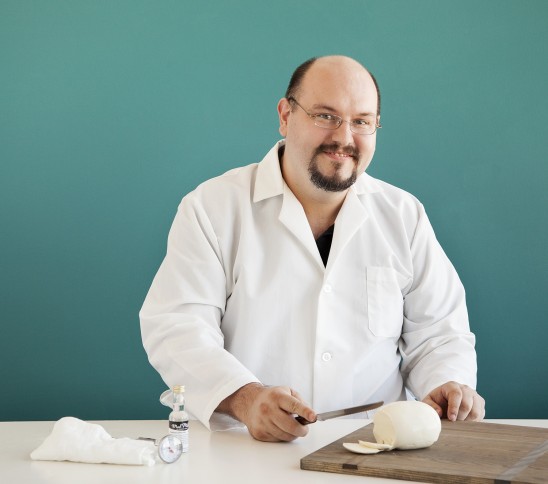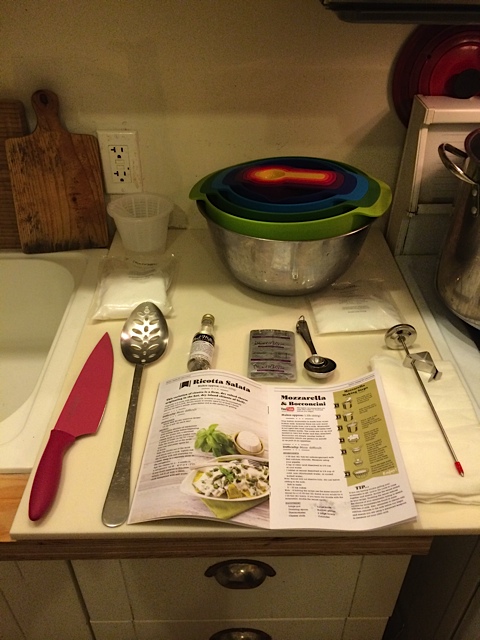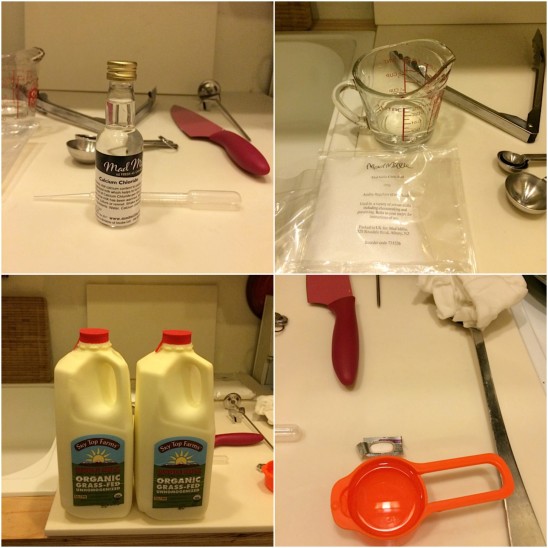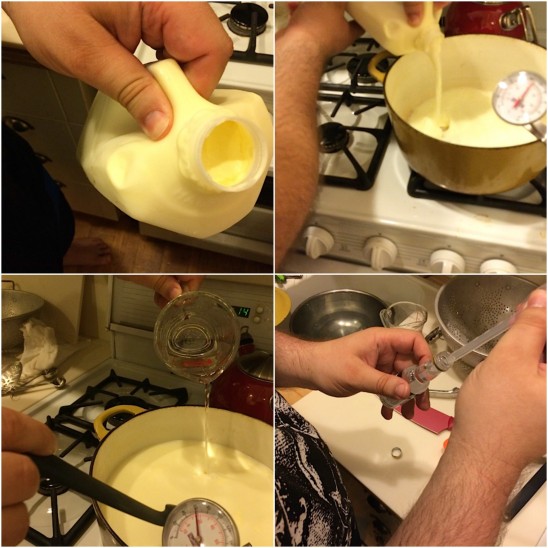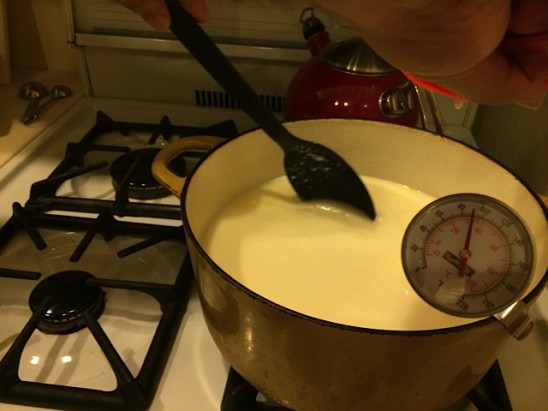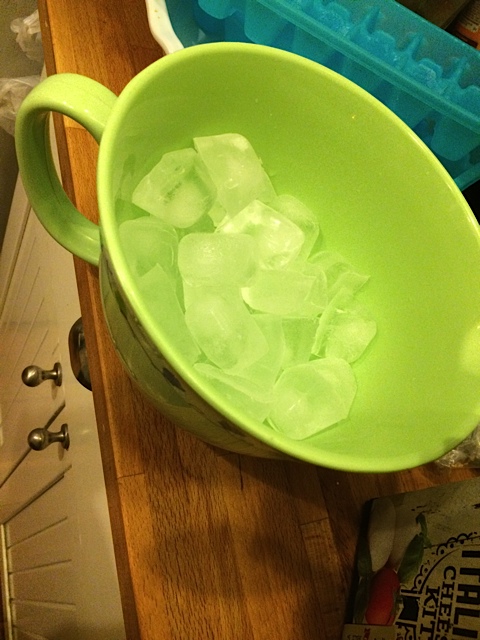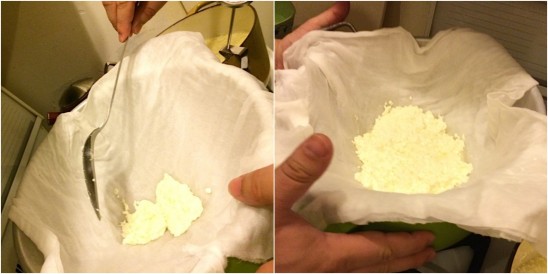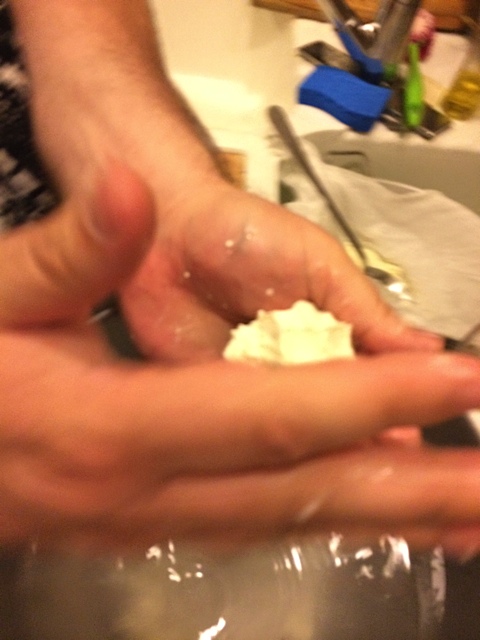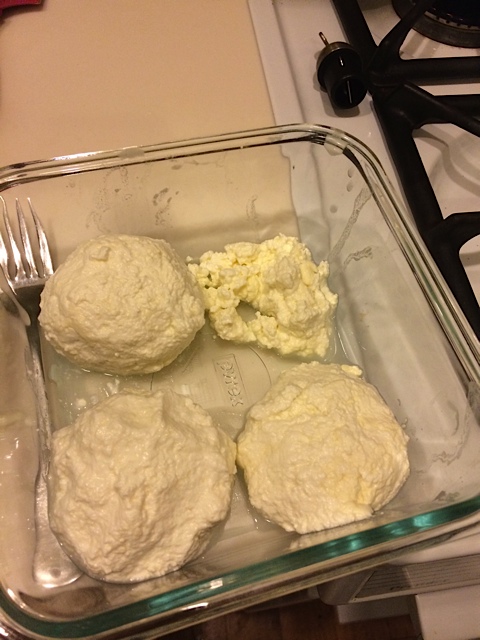
Product: Easy Weaving Loom
Research:
I already know how to knit and crochet, so I’m ready for a new textile challenge. The Easy Weaving Loom caught my eye the minute I saw it in This Just In. After watching this video I was sure I was up for the challenge. It seems simple enough, and once I get the hang of it I can begin to explore different materials and textures. There are endless possibilities!
Hypothesis:
I completed my experiment in June, and I wanted to make something that would be useful right away. The product story claims that when using this item, “In no time you’ll have a professional looking woven masterpiece than can become a stylish scarf, or cellphone or sunglasses case.” A stylish scarf, while fun to make, would not have be seasonally appropriate. And while the projects that are possible are not limited to these three, I decided a sunglasses case was a good place to start. It’s basic and small enough to finish quickly, so I figured it was good practice and I’d be making something to accompany me to the beach in no time!


